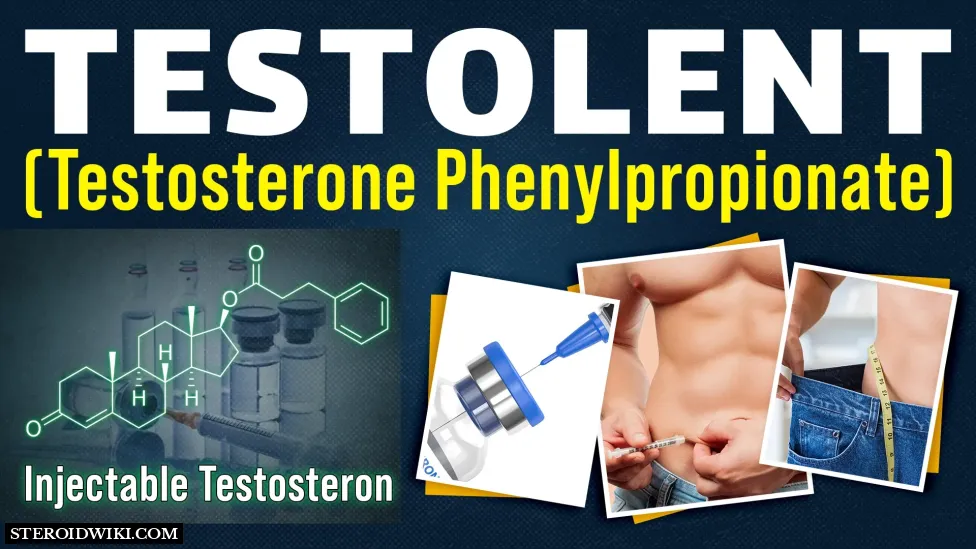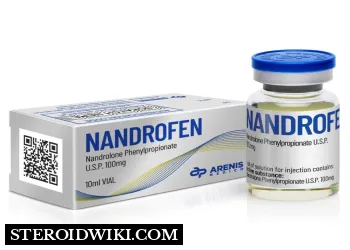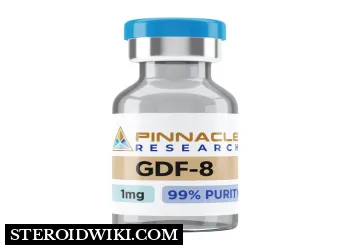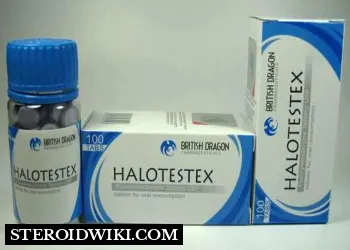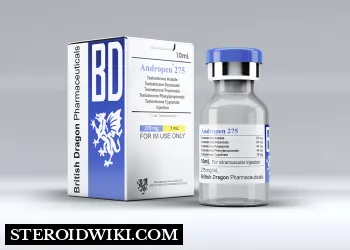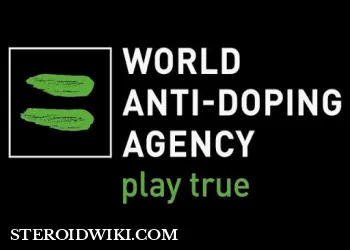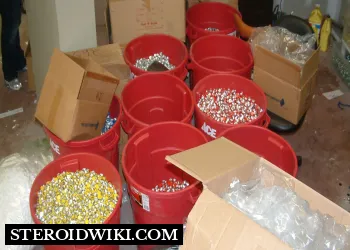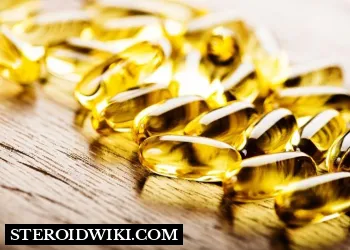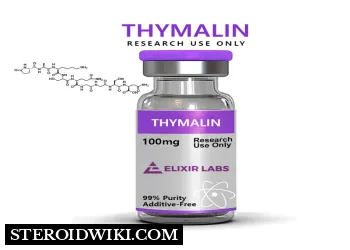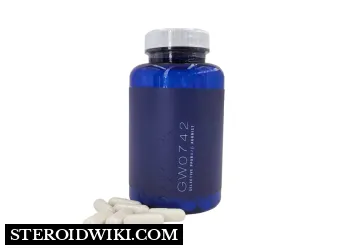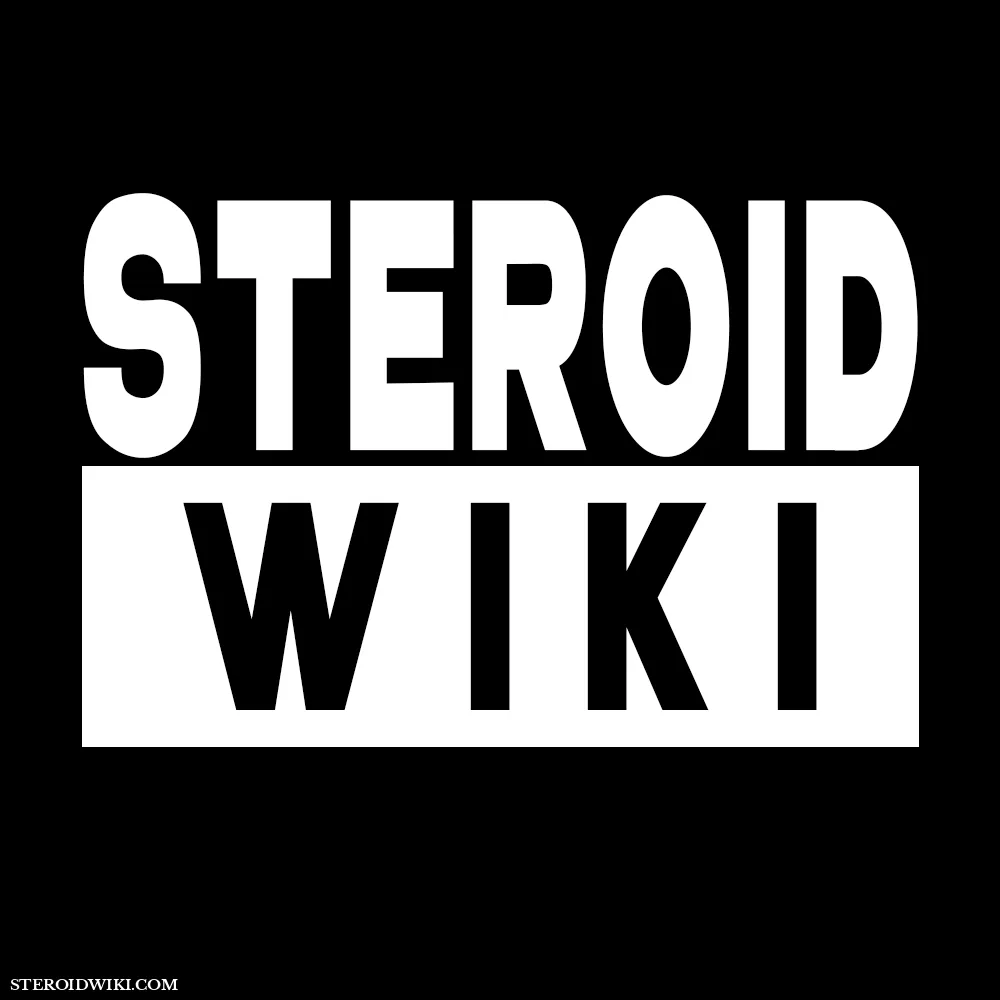Testolent (testosterone phenylpropionate) anabolic steroid profile and dosage
Table of Contents
Testolent (Testosterone Phenylpropionate)
- 4-androstene-3-one, 17beta-ol
- (Testosterone Base + Phenylpropionate Ester)
- Molecular Weight(base): 288.429
- Molecular Weight (ester): 150.174
- Formula (base): C19 H28 O2
- Formula (ester): C9 H10 O2
- Melting Point (base): 155
- Melting Point (ester): 20C
- Manufacturer: Sicomed
- Effective Dose (Men): 350-1,000mgs/week
- Active life: 5 days
- Detection Time: Up to 6 weeks
- Anabolic: Androgenic ratio: 100:100
Description
Testolent is an injectable testosterone preparation containing the fast-acting phenylpropionate ester of testosterone. While this profile focuses on testosterone phenylpropionate as a stand-alone substance, it is one of the ingredients of Sustanon. In the end, Testolent functions quite similarly to Testosterone Propionate, releasing the same hormone over a somewhat longer period of time at most. While propionate is injected every second or third day, phenylpropionate might be stretched out to every fourth day.
Given that testosterone propionate is known to cause excruciating pain when injected, testosterone may be more comfortable to administer, but otherwise, this preparation offers very little in the way of advantages over testosterone.
Structure
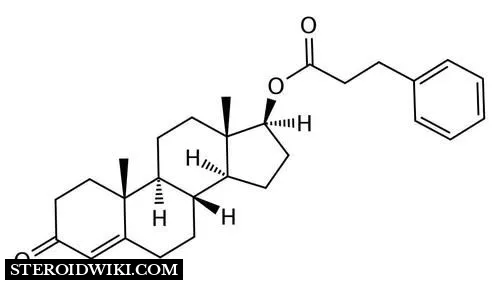
History
In 1955, a French medical journal published the initial description of testosterone phenylpropionate. Following this, a few limited commercial products incorporating testosterone phenylpropionate were developed, but they didn't gain significant popularity. Initially prescribed for addressing low testosterone levels in men, it was occasionally utilized for treating conditions like osteoporosis, uterine neoplasms, advanced breast cancer, and diminished libido in women. Presently, there are no additional products known to contain exclusively testosterone phenylpropionate.
Availability
Testosterone phenylpropionate is no longer available commercially. The Testolent brand was supplied in a 1-milliliter ampule containing 100 mg of testosterone phenylpropionate.
Structural Characteristics
The modified form of testosterone, called testosterone phenylpropionate, contains a carboxylic acid ester, specifically propionic acid phenyl ester, attached to the 17-beta hydroxyl group. Esterified testosterone is less polar than free testosterone, resulting in slower absorption from the injection site. The ester is gradually eliminated from circulation, releasing free (active) testosterone. Esterified testosterone is designed to prolong therapeutic activity compared to unesterified steroid injections, allowing for less frequent injections.
Side effects of Testolent (testosterone phenylpropionate)
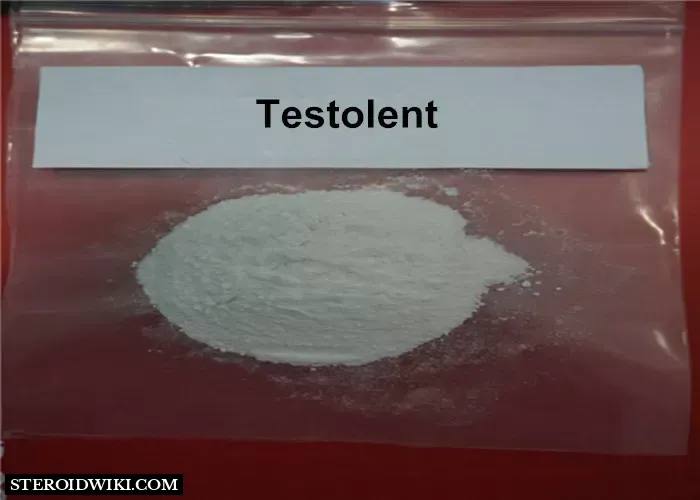
Estrogenic Side Effects
Gynecomastia (breast tissue expansion) and water retention are among the adverse effects of testosterone conversion to oestrogen in the body. The use of drugs such as tamoxifen citrate or clomiphene citrate can help prevent these estrogenic adverse effects. As an alternative, oestrogen levels can be more effectively managed with the use of an aromatase inhibitor such as Arimidex (anastrozole). Aromatase inhibitors may have a detrimental impact on blood lipid levels and can be expensive.
Higher testosterone dosages increase the likelihood of estrogenic side effects, which are dose-dependent. Because of its mild estrogenicity, testosterone is more suited for training phases that include building muscle mass and strength. However, because it can cause water retention and a loss of muscle definition during cutting stages, testosterone may not be the best choice.
Androgenic side effects
The main male hormone, testosterone, can have androgenic side effects, including increased body and facial hair development, acne, and greasy skin. Males who are genetically prone to hair loss may go through balding more quickly. For people who are worried about hair loss, nandrolone decanoate can be a more gentle option. The virilizing effects of testosterone use, such as deepening of the voice, irregular menstruation, changes in skin texture, growth of facial hair, and clitoral enlargement, should be avoided by women. Because the 5-alpha reductase enzyme converts testosterone to dihydrotestosterone (DHT), which causes adverse effects in the tissues of the skin, scalp, and prostate, testosterone's androgenicity is dependent on this process. By lowering DHT levels, 5-alpha reductase inhibitors like as finasteride or dutasteride might mitigate these effects.
Hepatotoxicity
Testosterone is not linked to hepatotoxicity, which means it does not cause liver damage. A research looked at the potential liver effects of large doses of testosterone, up to 400 mg per day orally for 20 days, but found no significant changes in liver enzyme levels such as serum albumin, bilirubin, alanine-aminotransferase, and alkaline phosphatases. As a result, testosterone is deemed safe for the liver.
Cardiovascular Side Effects
Anabolic/androgenic drugs can have a deleterious influence on blood cholesterol by decreasing HDL (good) cholesterol and raising LDL (bad) cholesterol levels, thus increasing the risk of atherosclerosis. They may also have an effect on blood pressure, triglycerides, endothelium relaxation, and left ventricular hypertrophy, which increases the risk of cardiovascular disease and heart attacks. Testosterone has a lesser influence on cardiovascular risk factors than synthetic steroids, primarily due to its liver metabolism and aromatization to estradiol, which helps counterbalance harmful lipid effects. Aromatase inhibitors can drastically lower HDL cholesterol when combined with testosterone, thus their usage should be carefully examined. Tamoxifen citrate or clomiphene citrate are chosen over aromatase inhibitors for patients worried about cardiovascular health since they have partial estrogenic actions in the liver and may improve lipid profiles. In general, moderate dosages of injectable testosterone esters are safer than other anabolic/androgenic drugs. Maintain an aggressive cardiovascular exercise programme while using steroids, and restrict your consumption of saturated fats, cholesterol, and simple carbs. Supplementation with fish oils and natural cholesterol/antioxidant formulations is also advised.
Testosterone Suppression Side Effects
Anabolic/androgenic drugs, when used in sufficient quantities to create muscle, often restrict the body's natural testosterone production. Testosterone, the principal male hormone, substantially suppresses the body's own testosterone synthesis via negative feedback processes. Drugs based on testosterone also influence the hypothalamic modulation of natural steroid hormones. After stopping steroid use, testosterone levels should gradually return to normal in 1-4 months. However, persistent reduction of natural testosterone production can develop as a result of steroid misuse, potentially leading to hypogonadism and requiring medical attention.
Administration in Men
To address low testosterone levels, the Testolent prescription recommendations suggest providing 100 mg every 25 days. This medicine is often injected twice weekly to enhance physique or performance. A weekly intake of 200-600 mg can lead to significant muscular hypertrophy and strength increases. Testosterone medicines are flexible and may be coupled with various anabolic/androgenic steroids to achieve the desired effects.
Administration in Women
The prescription instructions for Testolent do not provide specific dose recommendations for women. This medicine is not suggested for women looking to improve their physique or performance owing to its strong androgenic nature, potential for vitalizing adverse effects, and sluggish action (making blood levels difficult to manage).
References
- Steroid.com. Available at: https://www.steroid.com/Testolent.php (Accessed: 13 March 2024).
- Thinksteroids.com. Available at: https://thinksteroids.com/steroid-profiles/testosterone-phenylpropionate/ (Accessed: 13 March 2024).
- Mullen, C., Whalley, B.J., Schifano, F. and Baker, J.S., 2020. Anabolic androgenic steroid abuse in the United Kingdom: An update. British journal of pharmacology, 177(10), pp.2180-2198.
- Musclechemistry Available at: https://www.musclechemistry.com/upload/bodybuilding-steroid-and-training-articles/72653-testolent-testosterone-phenylpropionate-anabolic-steroid-profile-and-dosage.html (Accessed: 13 March 2024).

